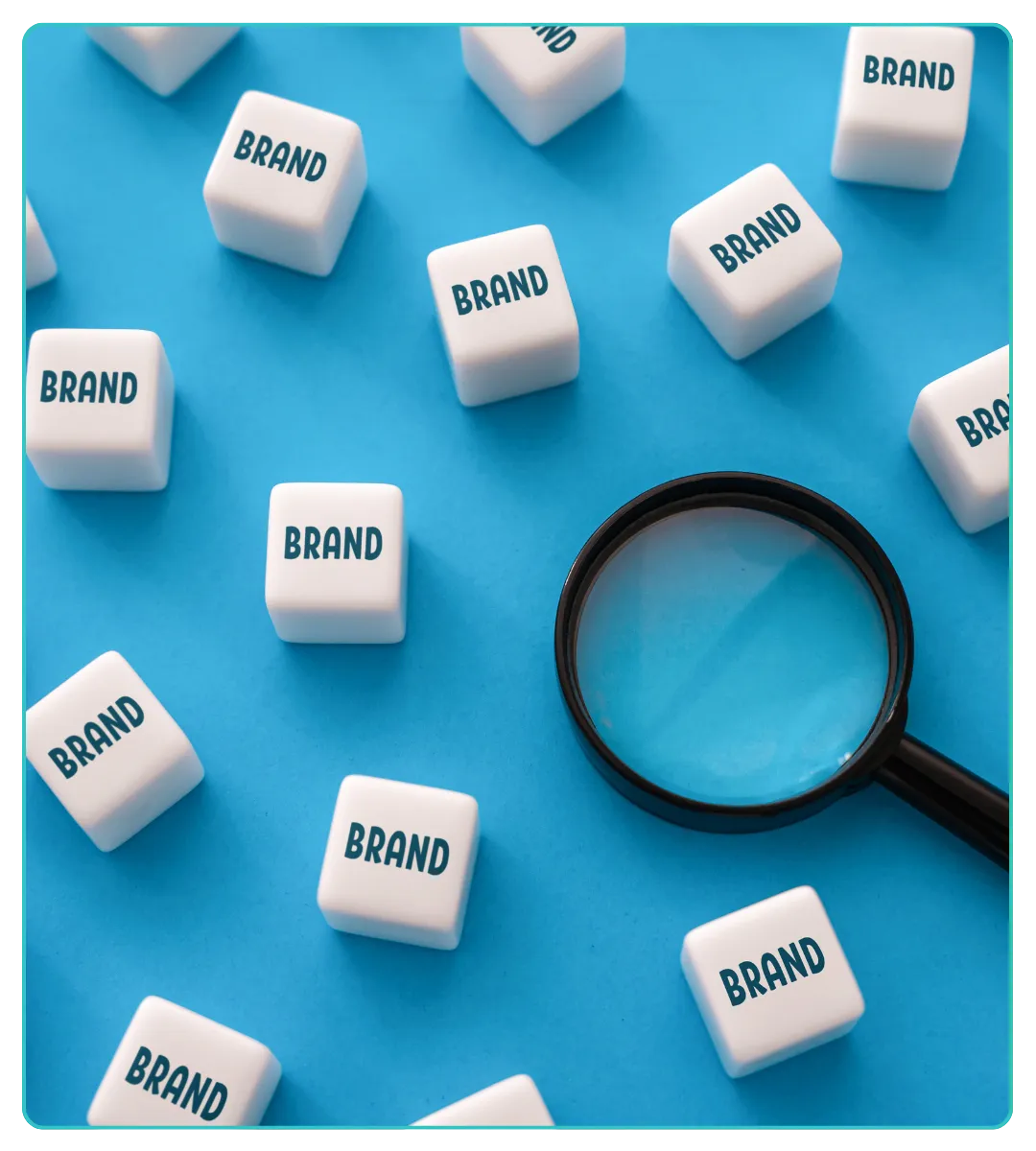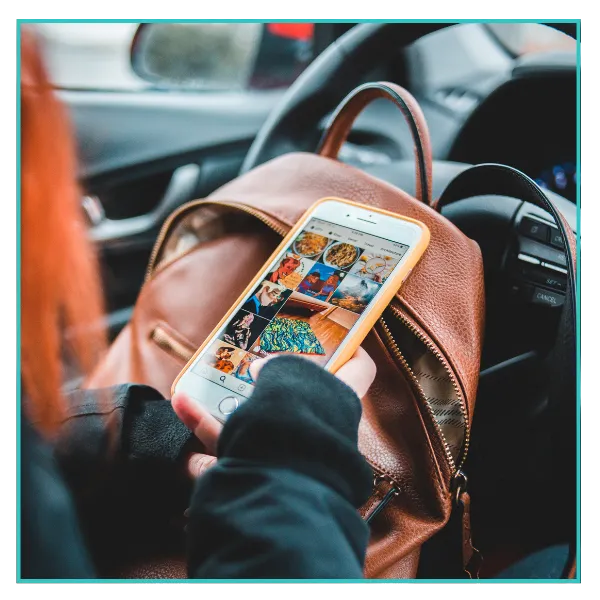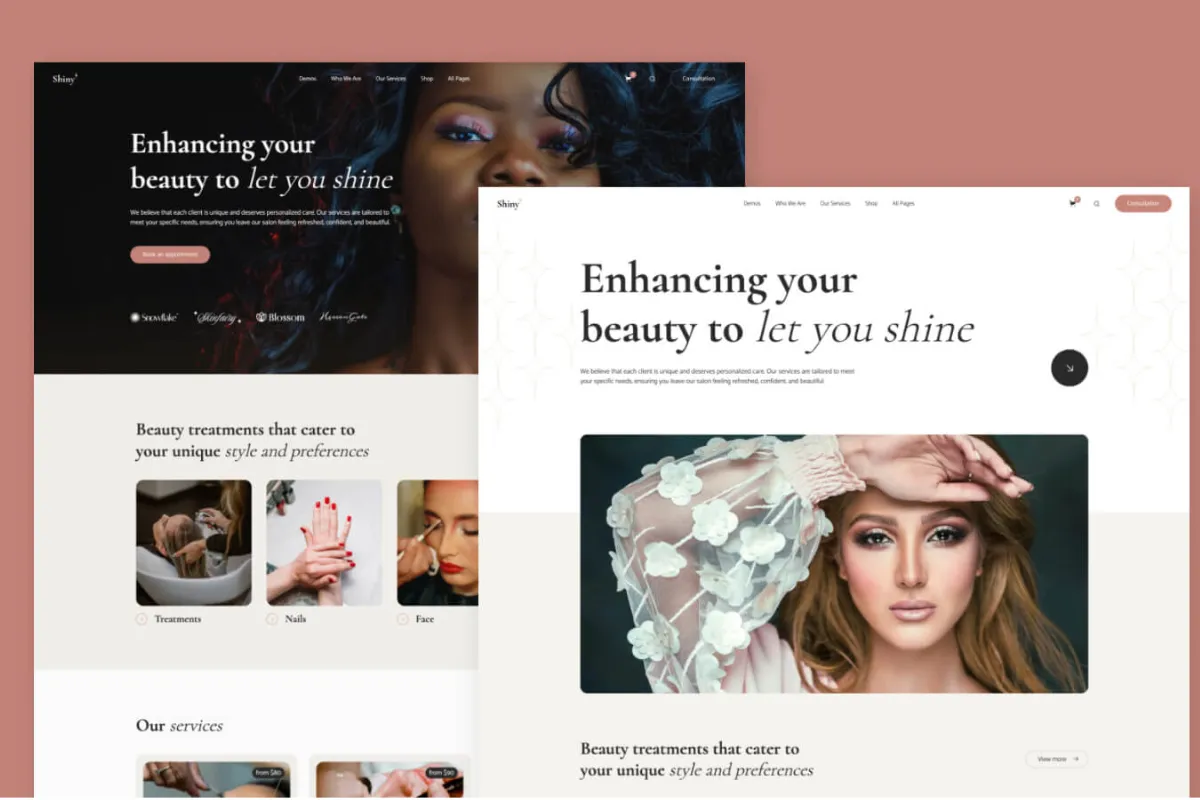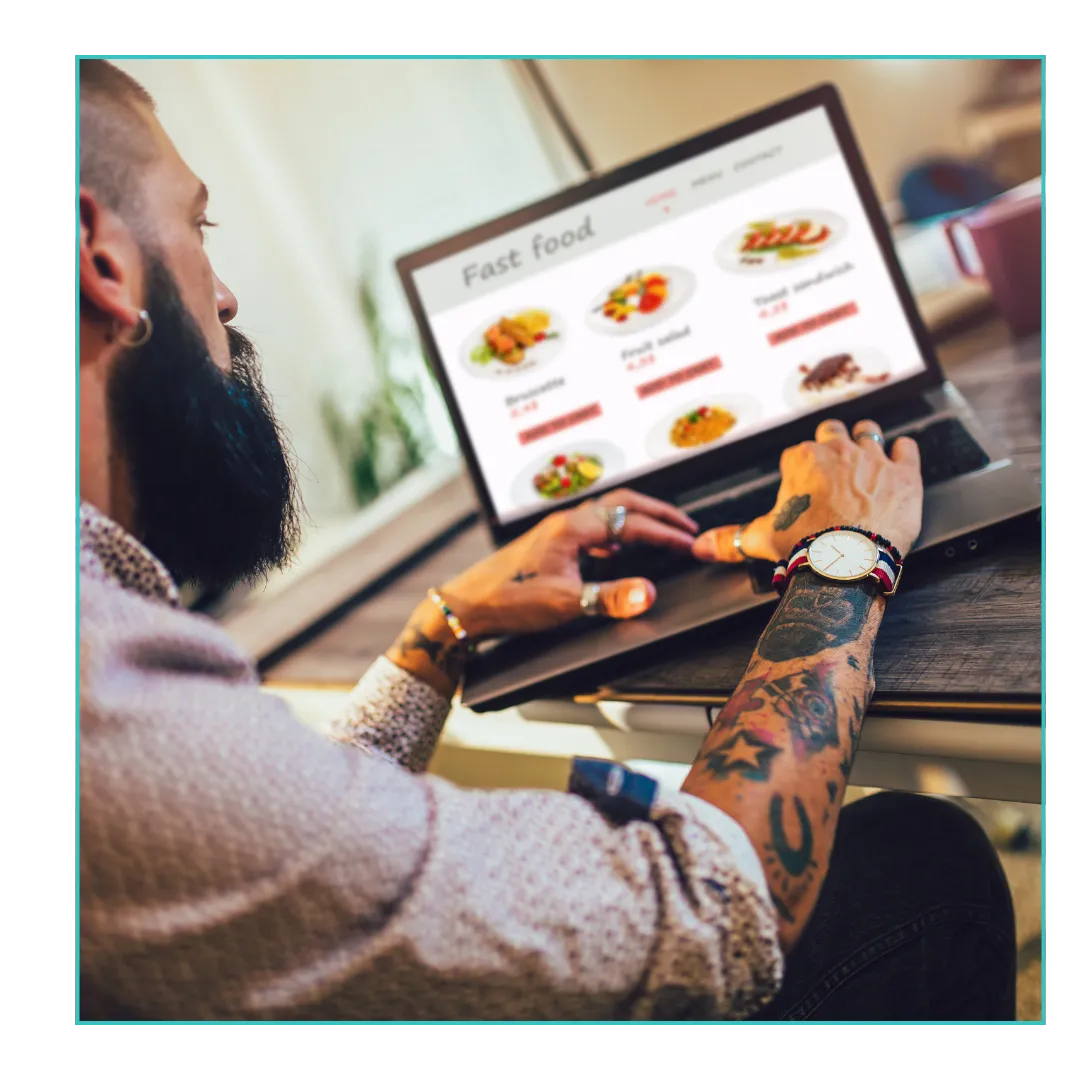
Best Colors for Food Business Branding
Why Color Matters in Food Branding
1. Red – Appetite, Passion, Energy
2. Yellow – Optimism, Youth, Attention-Grabbing
3. Orange – Playfulness, Value, Warmth
4. Green – Health, Freshness, Eco-Friendly
5. Blue – Trust, Cleanliness, Reliability
6. Black – Sophistication, Luxury, Elegance
7. White – Purity, Simplicity, Clean
8. Brown – Warmth, Earthiness, Wholesomeness
How to Choose the Right Color Palette for Your Food Brand
Popular Color Combinations in Food Branding
Examples of Food Brands and Their Color Strategy
Colors have a powerful impact on how people perceive your food business. Whether you're running a restaurant, a food truck, a catering service, or launching a packaged food brand, the color palette you choose can shape your brand identity, influence customer behavior, and even drive more sales. Color isn’t just decoration—it’s a strategic branding tool that connects emotionally with your customers.
In this blog, we’ll dive into the best colors for food business branding, the psychology behind each shade, and how to choose a color palette that reflects your brand personality and builds customer trust.
Why Color Matters in Food Branding
Colors trigger emotions and associations. In the food industry, color can make or break your first impression. A warm red may spark hunger, while green suggests freshness and health. Strategic use of color:
Enhances brand recall
Builds emotional connections
Influences purchase decisions
Communicates brand values
When choosing a brand color, think about your audience, your cuisine, and the experience you want to offer. Let's explore the top colors that dominate successful food branding.
1. Red – Appetite, Passion, Energy
Red is one of the most common colors in food branding. Why? Because it’s known to stimulate appetite. Think McDonald’s, KFC, or Pizza Hut. Red creates a sense of urgency and encourages people to eat and act quickly—perfect for fast food and delivery services.
Best for: Fast food, spicy cuisine, food delivery apps
LSI keywords: hunger-inducing color, red in restaurant branding
2. Yellow – Optimism, Youth, Attention-Grabbing
Yellow is another color that boosts appetite and energy. It’s bright, cheerful, and grabs attention. It also pairs perfectly with red, making the combo a staple in many food brand logos.
Best for: Family-friendly food brands, snacks, food trucks
LSI keywords: cheerful brand color, yellow branding, food packaging
3. Orange – Playfulness, Value, Warmth
Orange blends the energy of red and the friendliness of yellow. It suggests affordability and fun. Brands like Fanta and Cheetos use orange to signal their playful, youthful vibe.
Best for: Snacks, beverages, casual food businesses
LSI keywords: orange food logo, value-based branding, casual dining color
4. Green – Health, Freshness, Eco-Friendly
Green is the go-to color for health-focused food businesses. It suggests nature, organic ingredients, and eco-conscious values. Think of brands like Whole Foods or Sweetgreen.
Best for: Organic food, vegan restaurants, eco-brands
LSI keywords: green branding, healthy food colors, sustainability
5. Blue – Trust, Cleanliness, Reliability
Blue is a color of trust and professionalism. While it’s not commonly used to stimulate appetite, it works well for water brands, seafood companies, or tech-forward food platforms like delivery apps.
Best for: Seafood, food delivery platforms, bottled water
LSI keywords: blue in branding, trustworthy food brand color
6. Black – Sophistication, Luxury, Elegance
Black gives a premium feel. It's bold and timeless, great for high-end food brands or those targeting a more refined clientele. It works best when paired with metallics like gold or silver.
Best for: Luxury restaurants, gourmet brands, premium packaging
LSI keywords: luxury branding color, elegant food packaging
7. White – Purity, Simplicity, Clean
White conveys cleanliness and minimalism. It’s often used in combination with other colors to balance out brightness or intensity. It’s also a popular base for packaging and websites.
Best for: Clean eating brands, bakery, frozen foods
LSI keywords: minimal food branding, clean packaging, white space in branding
8. Brown – Warmth, Earthiness, Wholesomeness
Brown communicates authenticity and natural quality. It’s often used for baked goods, chocolate, or brands that focus on tradition and comfort.
Best for: Bakeries, organic snacks, chocolate brands
LSI keywords: rustic brand color, earthy food branding, brown in food packaging
How to Choose the Right Color Palette for Your Food Brand
Choosing your color palette isn’t just about preference—it’s about strategy. Here’s a checklist to help guide your decision:
Popular Color Combinations in Food Branding
Examples of Food Brands and Their Color Strategy
McDonald's: Red and yellow for speed, hunger, and friendliness
Subway: Green and yellow to emphasize health and freshness
Coca-Cola: Red for passion and energy
Chobani: Soft green and cream for organic, natural appeal
Whole Foods: Deep green to communicate eco-friendly values
Final Tips for Using Color in Your Food Branding
Test color palettes on different backgrounds and packaging.
Keep accessibility in mind—make sure your text contrasts well.
Use color psychology in combination with typography and imagery.
Be consistent across platforms—from logo to website to social media.
Conclusion
Color isn’t just decoration—it’s communication. In the food business, where emotion and experience drive decisions, the right color palette can elevate your brand, connect with your audience, and increase sales. Whether you’re going bold with red, clean with white, or eco-friendly with green, be intentional with your choices and always design with purpose.












